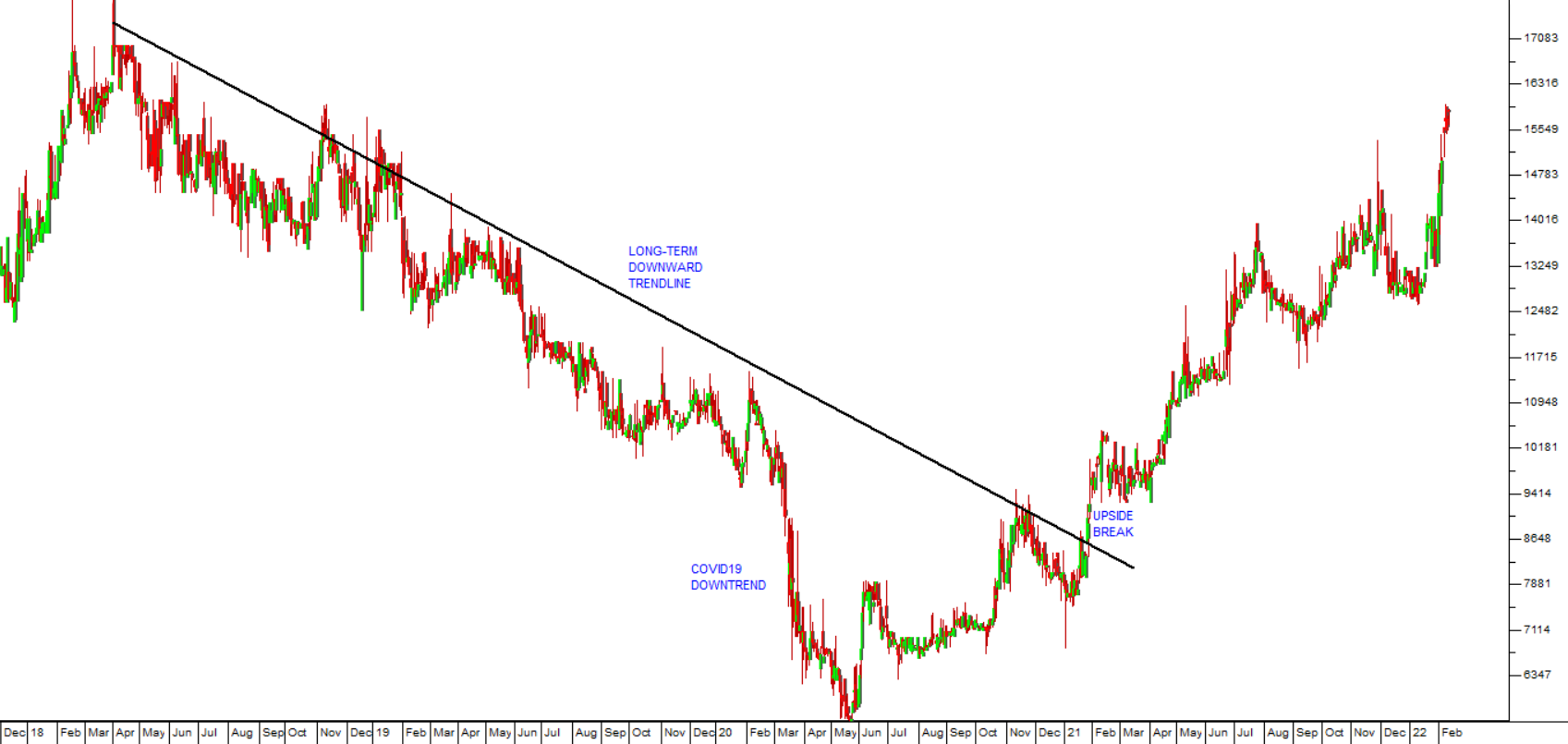Hudaco Bolt On

Hudaco (HDC) is a company deeply entrenched in many aspects of the South African economy. It describes its business model as “principally the sale of replacement parts with a high value-added component”. It has 11 businesses in consumer-related products and 18 businesses in engineering consumables.
Over the years its highly competent and conservative management have shown themselves to be very skilled at making bolt-on acquisitions which diversify and expand its earnings. The latest example of this is the acquisition of Cadac, a very well-known South African brand, supplying a wide range of products related to gas, from cylinders to skottels.
The company says of Cadac, “The purchase price is based on a multiple of the average adjusted after-tax profit for the three years ending 30 September 2020, 30 September 2021 and 31 January 2023, with a maximum price of R100 million”.
So, in effect, Hudaco is buying annual after-tax profits of R33m for R100m. Once the acquisition is complete, those earnings will immediately be added to Hudaco’s annual after-tax earnings and re-valued to Hudaco’s current price:earnings ratio (P:E) of 9,7. This means that Cadac will jump from having a value of R100m to having a value of R320m (9,7 X R33m) – and the shareholders of Hudaco will make an immediate gain of R220m (R320m – the R100m purchase price). That is why it is so valuable to have a management team like Hudaco’s that regularly makes this type of bolt-on acquisition and has proved their ability to do so safely and profitably time and again.
In its latest financials for the year to 30th November 2021 the company chose to compare its performance to the 2019 year, since 2020 was dominated by COVID-19 In that comparison, its turnover rose 8% (against 2019) and its headline earnings per share (HEPS) rose by 21%. These are exceptionally good numbers given the challenges of the 2021 financial year which included:
- the 2nd, 3rd and 4th waves of COVID19,
- the July 2021 civil unrest,
- a worldwide shortage of semi-conductors and other raw materials,
- a severe shortage of shipping containers and ships ready to carry them,
- bad congestion at South African ports, especially Durban, and
- periodic bouts of load-shedding.
In 2019 and 2020 we drew attention to the downward trend in this share and suggested that investors wait for a clear break up through the trendline. Consider the chart:

You can see here that the downward trendline was broken on 27th January 2021 when the share was trading for just over R90. It has since moved up very strongly to just over R159. At this level it is trading on a P:E of 9,7 with an attractive dividend yield of 3,82%.
In our view, Hudaco represents really good value. During 2020, the directors engaged in a program of share buy backs which saw them buy just over a million Hudaco shares at an average cost of about R80 per share. By the end of 2021 the NAV had risen to over R95 a share, so shareholders had made a gain of R15 per share, on those repurchases.
We believe that as the South African economy continues to recover, this share will perform well. It is superbly managed, well capitalized and widely diversified.
← Back to Articles